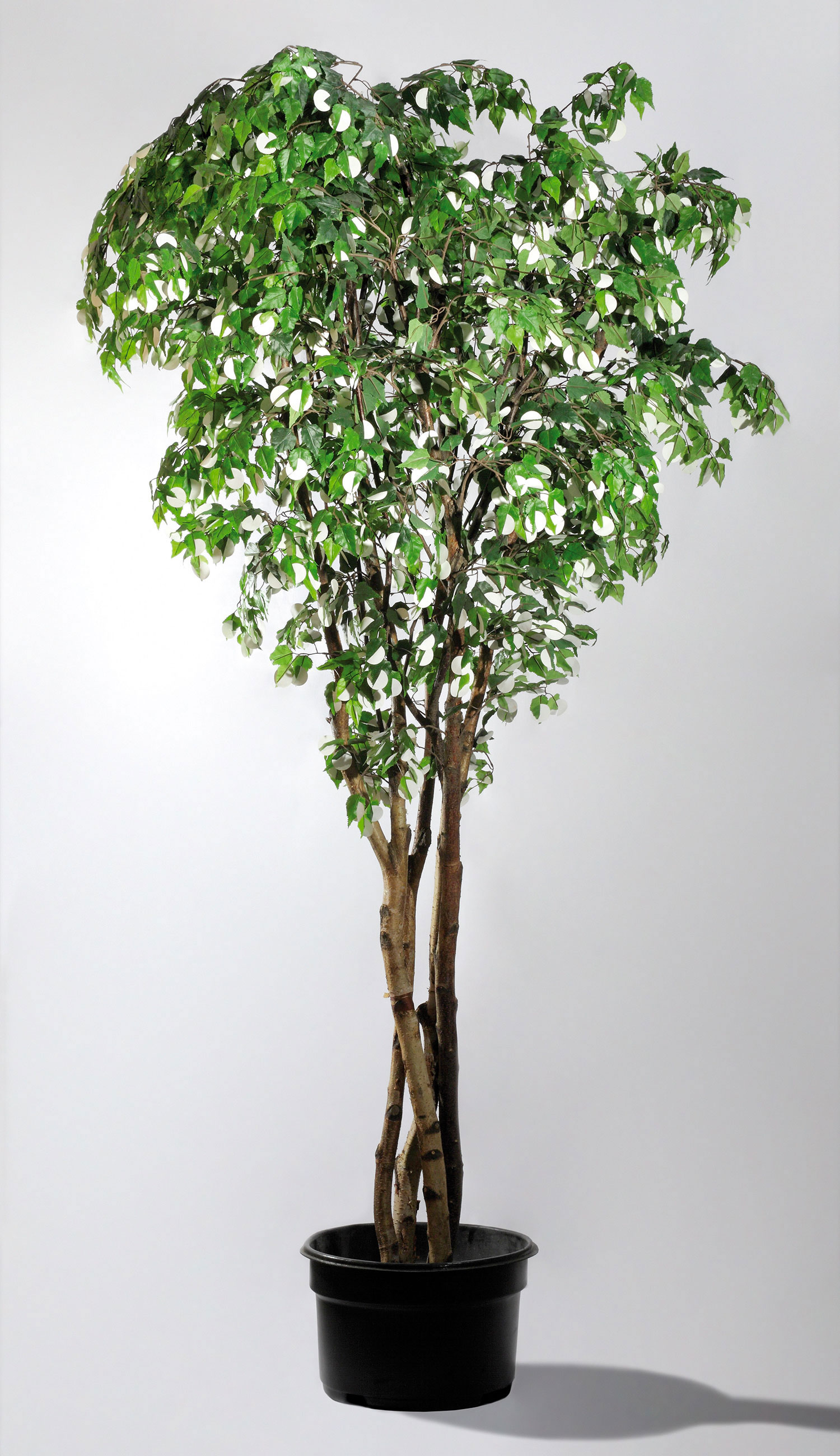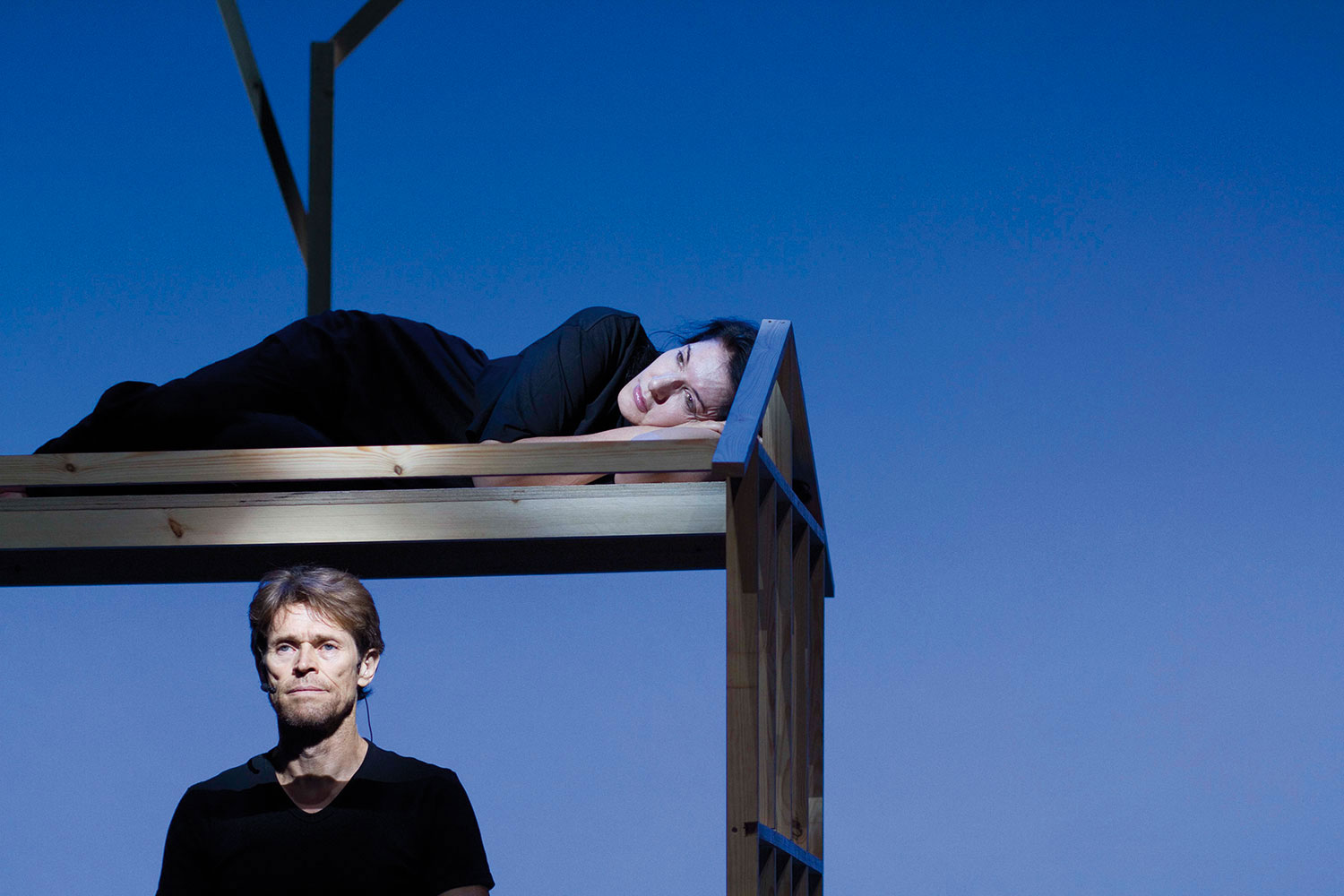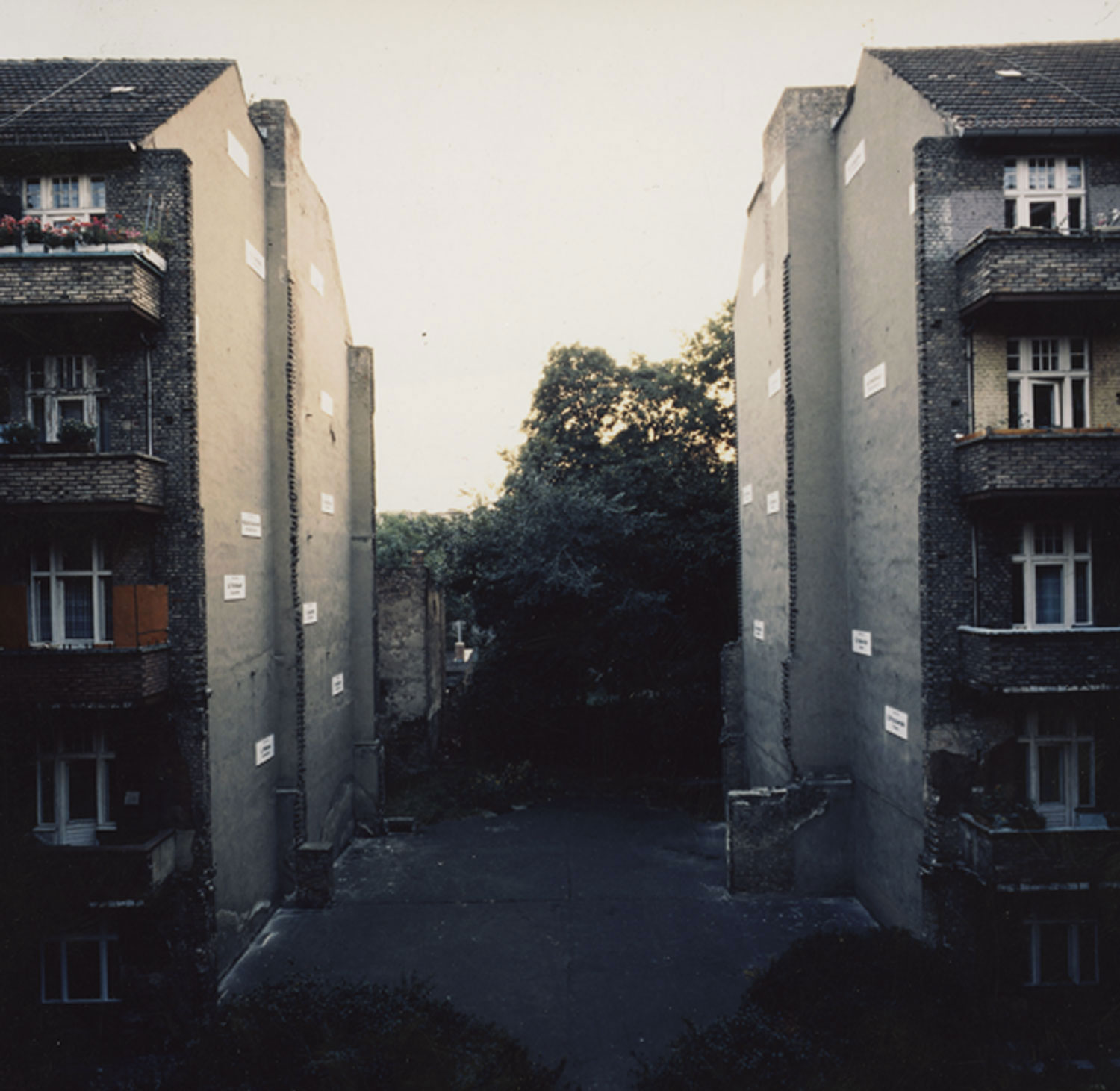
Júlia Rebouças: How did you begin to define your current practice?
Cinthia Marcelle: I think it was during an artist residency in Cape Town in 2003. My first intuition came from what I today see as a double process of displacement and recognition. The series “Capa morada” (2003) is representative of this moment. I mingled with the city, got lost and then found myself again in the South African world, which is at the same time close to and distant from mine. No longer in my place of origin, I recognized another possible place. My work comes from a fusion with the world: at the origin of my creative process is the belief that art is not above anything, and the artist is not above anybody — everything mixes. We can only reinvent the world from within; the title of one of my last pieces is This same world over (2009).
JR: Synthesis and concision of language are characteristics of your work. They are followed by great formal precision. How has the construction of your particular language come about?
CM: What matters the most to me is the method: this very delicate operation that we untangle over time, in a bi-lateral movement towards the outside and inside of the world. In the chaos of things I find many of my propositions; what becomes mandatory is that, at a certain point, I gain distance and try to reorganize this disorder formally. This happens, for instance, in the aerial views from the series “Unus mundus” (2004-05), in which the distance lets us see, down there, a new dimension of things, new circuits. Ideas emanate then from within a turmoil of possibilities from everyday life, in the movement of the bodies, in the appeal of ordinary materials, in intriguing spaces, in accumulation, in the possible magic of the work’s world. Formal organization implies a search for meaning in this vital excess, working it carefully until finding a plausible synthesis for the original discomfort.
!["475 Volver [To come to]," (2009) Courtesy Vermelho, São Paulo.](http://flash---art.com/app/uploads/2015/11/2.CINTHIA-MARCELLE_475-VOLVER-GROUP-copia-720x190.jpg)
JR: Due to the technical demands of your work, actors and institutions from outside the art world are sometimes needed. How do you negotiate that bridge?
CM: The engagement of other workers and specialists is a fundamental part of the process. It is about asking them to perform whatever they do in their everyday work contexts in a different one, under new rules, often incomprehensible to them. The real poetics maybe emerges at the moment in which these participants discover playful possibilities for their gestures and actions. The resulting dynamic can be emancipatory.
JR: How do you see the relationship between extraordinary happenings and the idea of repetition in your work?
CM: The extraordinary may stem from repetition, as an effect of its accumulation. I want repetition not to result in void or emptiness, as it is often the case in a job routine. It is about placing the mechanical side of a job into new dynamics and systems, producing the extraordinary. The machine operator of 475 Volver [To come to] (2009) repeats the common action of removing dirt, like Sisyphus, in an arrangement resembling a giant hourglass or the infinity symbol. Repetition also works as a device for measuring time.





